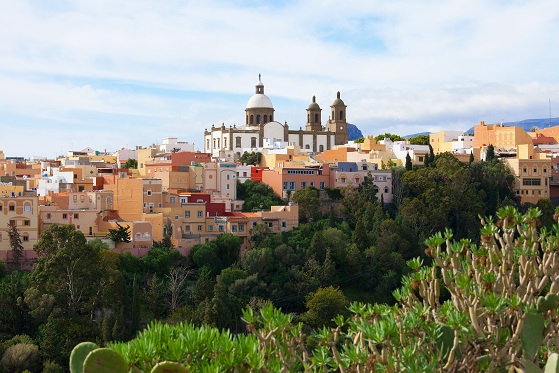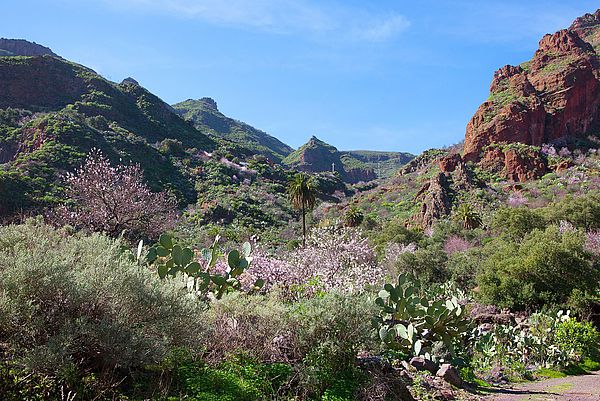The southeast region of Gran Canaria is home to the olive, a cultivation that started up immediately following the conquista in the 15th century. Thanks to the boom in popularity of the mediterranean diet and high media profile of Spanish cooks all over the world who are extolling the virtues of olive oil, the time is “ripe” for the olive to make a comeback in Canary cuisine. It is Agüimes where this interest in bringing back extra virgin olive oil was first born, (extra virgin being the preferred type on the dining table). Along with the town’s present modern municipal oil mill, other new ones have sprung up in recent years.

The hamlet of Temisas, in Agüimes, has been known for the existence of oil mills and presses since the 16th century. And if we look at more recent times, this municipality was home to six of the eight mills that operated in the region in the 19th century. These mills were the destination for the fruits imported from the southwest of the Iberian Peninsula by the first colonizers who brought in their plants, called “verdial de Huévar”, which took to the soils really well in this - up to that time - remote corner of the Atlantic. The adaptation of this crop was perfect, and for the islanders it became known simply as the “home-grown olive”.
And what an olive it is! Now that production of this magnificent extra virgin oil is back in full swing, islanders still also eat the olives whole, along with a variety of mojo sauces (each recipe corresponding to a certain area, it has to be understood), to give an added flavour to the initial bitter taste which the olive leaves on the palate.

Although there are plenty of new plantations around, in the shelter of this tasty and ever growing interest to be generated in such an exquisite local product, Temisas continues to offer a landscape of fine old olive trees, with their thick trunks and twisting branches that stretch up to the sky.
There, the oldest residents explain that “we don’t whack the tree branches here” like they do in the mainland, but olives are picked one by one and placed carefully in a bucket. They skillfully clamber up the branches known as gajos, despite their advanced years, benefitting from having climbed up as young children to seek out blackbird nests. Those who were the old’uns of the time, who are now no longer, had taught them how to hold on in the same way they held on to pick fruit. So this healthy passion was handed down through the generations, to ensure that olives with their mojo sauce would be an ever present at mealtimes.
“The olive spends a certain period of time soaking in water and salt to sweeten it, and then it has its classic traditional dressing with olive mojo sauce put on it: my classic mojo sauce is made with cumin and bitter orange...”, explained restaurant manager Matías Suárez a few years ago, who became such an enthusiast of this product that he ended up cultivating it himself and creating his very own brand of olive oil.

And while now, at last, it is possible to enjoy this fine product at most of the many restaurants in this village that do their cooking with local and “homegrown” products, life goes on: shepherds and cattle farmers from around here are still making their award-winning goats cheeses (some mixed with sheep’s milk); Canary black pork (a real culinary jewel obtained from authentic breeds of prehispanic cattle) also finds its shelter for healthy rearing around these parts; the essential salt has, at the salinas down on the coast, its best ingredient, namely the immense ocean; and let’s not forget the fine local bread, which as the lyrics of the popular and wise old song go:
Oh Canary flower cheese
who wouldn’t devour you
with lumps of bread from Agüimes
and wine from El Lentiscal.


Would you like to come on a tour around Agüimes?
The Gastro Gran Canaria company offers culinary tours around the municipality of Agüimes. Come along and learn about the local traditions and see its beautiful historical town centre.